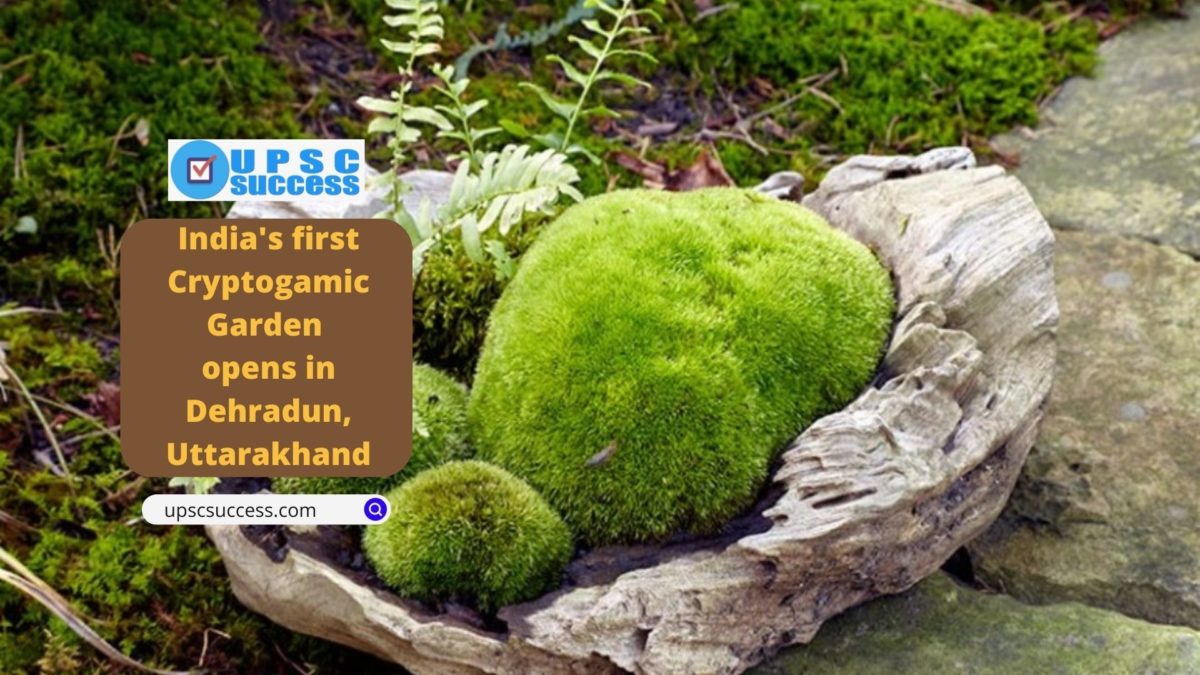Contents
India’s first cryptogamic garden housing nearly 50 species of lichens, ferns and fungi was inaugurated in Uttarakhand’s Dehradun district at Deoban recently.
What are Cryptogams?
- The word cryptogamic originates from the Greek word, ‘Kryptos meaning “hidden” and “gameein” meaning “to marry”. Thus, cryptogamic refers to “hidden reproduction”.
- Cryptogams are one of the oldest groups of plant species, existing since the Jurassic era.
- A cryptogamic species does not produce any seed or flower.
- These non-seed-bearing plants include algae, bryophytes, lichens, ferns, and fungi.
- Deoban in Uttarakhand was chosen because of the low pollution levels and moisture needed for these species, otherwise, also it is a good natural habitat for these species.
FAQs
The first cryptogamic garden of India was opened in Deoban area of Dehradun district, Uttarakhand on July 11, 2021.
Cryptogams encompass fungi, algae and plants without seeds, including ferns and bryophtyes (mosses, liverworts, and hornworts). Individually often small, but ecologically important, cryptogams are very diverse in Scotland.
Cryptogamae means “hidden reproduction” referring to the fact that no seed, no flowers are produced. Thus, cryptogams represent the non-seed bearing plants.

